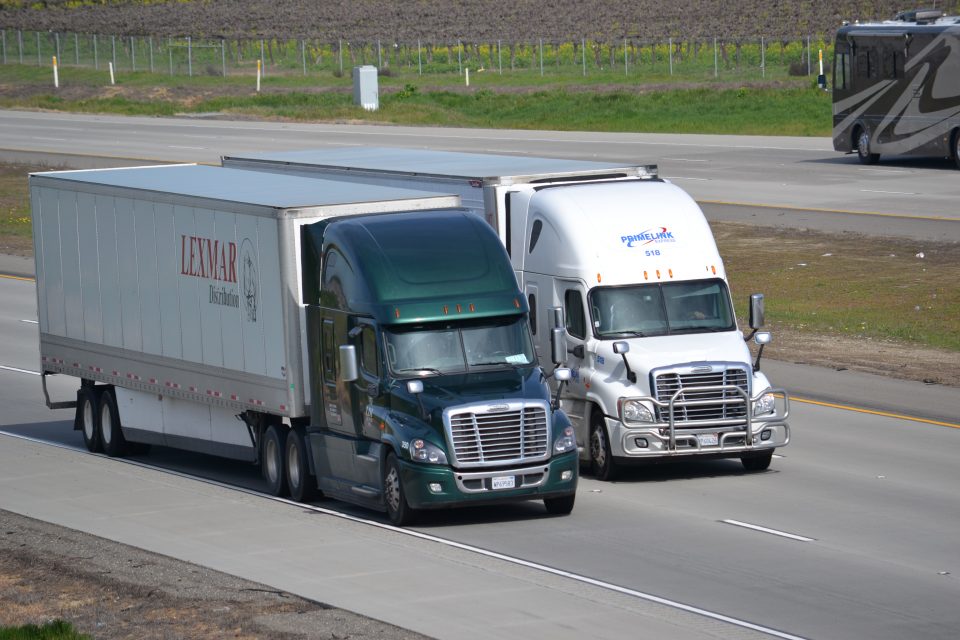Despite promises from the Trump Administration that the economy, fueled by a 2017 multi-trillion-dollar tax cut, would continue to grow at 3% the reality is that GDP figures show a slowing economy, down to 2.1% in the second quarter of 2019. This has hit the trucking industry particularly hard as many companies vastly increased capacity last year amidst record high freight shipments.
Expecting white-hot growth to continue, many carriers used 2018 profits and tax cuts to buy a record number of new commercial trucks. At the same time, however, cargo volumes have shrunk and some are saying the U.S. is in a “freight recession.”
Other factors have contributed to the slowdown, including bad weather, trade uncertainties and weak growth in overseas markets such as China, which is experiencing its largest economic downturn in more than 25 years.
The current market is in contrast to last year’s situation which combined high freight volumes with limited capacity to send shippers scurrying to book transportation as demand reached record levels.
In a stark reversal from last year, retailers and manufacturers have the advantage, often causing them to wait until the last minute in booking carriers, making prices far more unpredictable than they would be if contracts were negotiated ahead of time.
Not surprisingly, the average spot market price was down nearly 20% from last year to $1.89 per mile. In fact, in June of last year, there were six shipments for every truck compared with only three this year.
“Relative to last year at this time, there is less demand for capacity and that, coupled with an oversupply of trucks, means there’s little to no spot freight and all truckload prices have come down dramatically,” said Doug Waggoner, chief executive of freight broker Echo Global Logistics Inc.
This overcapacity has led industry leaders to slash profit outlooks. A spokesman for Knight-Swift Transportation Holdings Inc. said that “the oversupply of capacity in the truckload freight market” was lowering revenue per loaded mile, an important measure of pricing stability. Arizona based Knight-Swift saw revenue down 6.7% from the same quarter a year ago.
Likewise, Arkansas based J.B. Hunt Transport Services Inc. has also seen operating income fell 10% because of higher costs, preventing the company from meeting analyst predictions. Other big companies have also seen lower demand. Nebraska based Werner Enterprises saw only modest growth, up just 1%, causing it to lower its 2019 outlook for one-way truckload pricing. Werner expects rates to remain flat, down 3% from last year.
Nevertheless, trucking manufacturers are in full swing to meet order backlogs and carriers continue to take delivery of new trucks. “Freight as we measure it is growing at less than 1% in 2019,” said Kenny Vieth, president of transportation industry data provider ACT Research. “Our modeling suggests that we are adding about 7% to the U.S. Class-8 market capacity…. So the supply-demand equilibrium is tilting away from truckers right now.”
On the bright side, however, consumer confidence has surged recently, up 4.3% in the second quarter of 2019, and most economic forecasters do not predict a recession during the remainder of the year.


